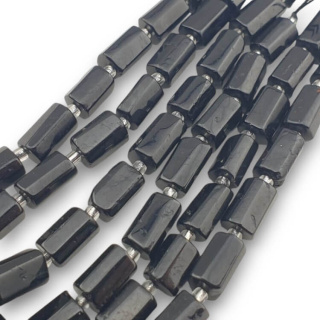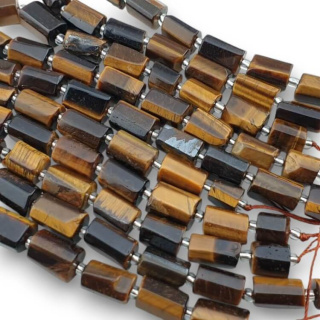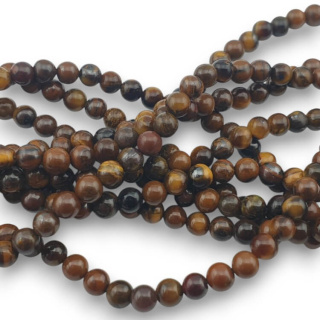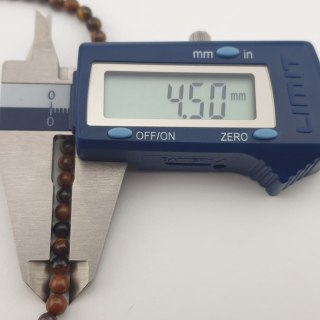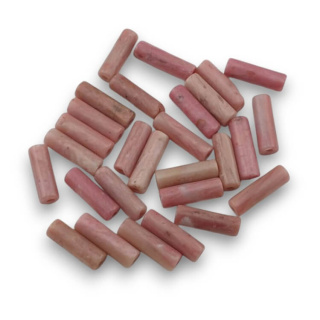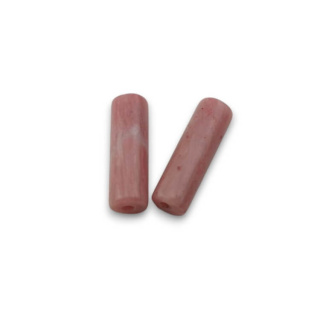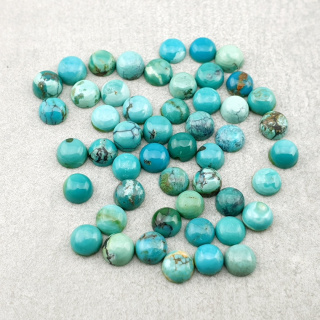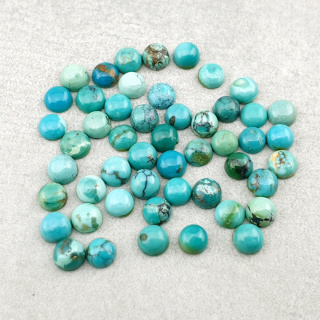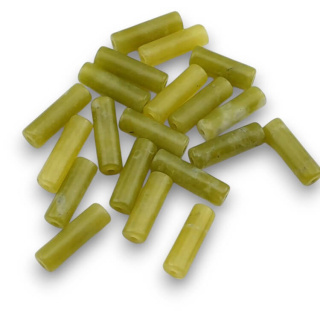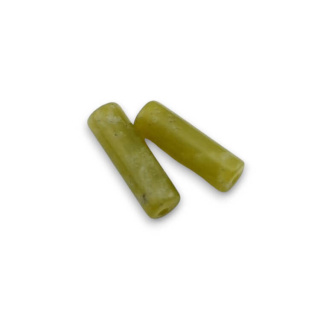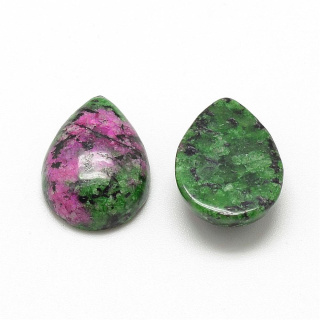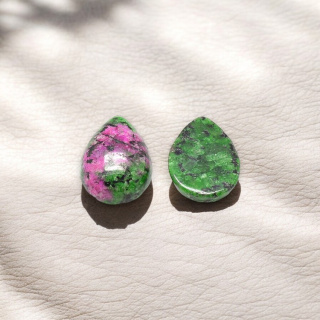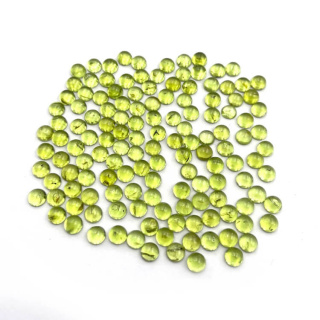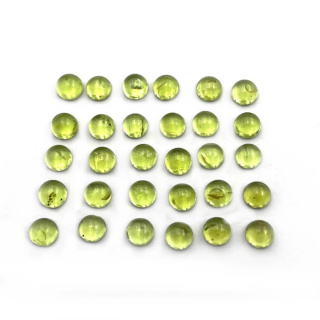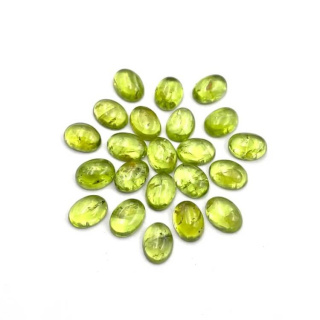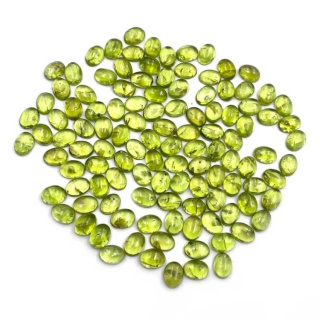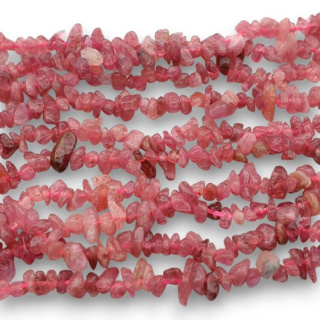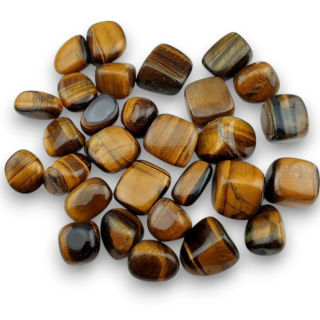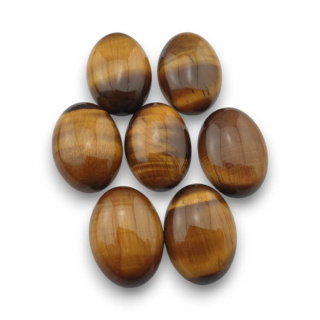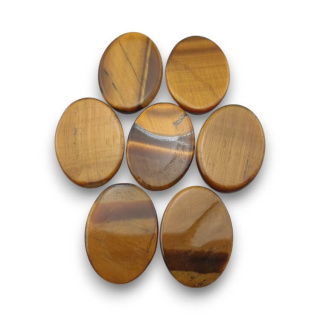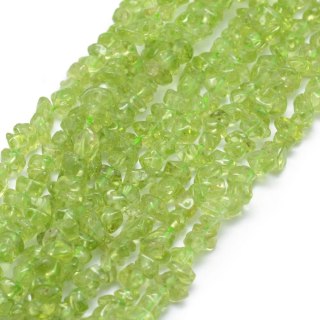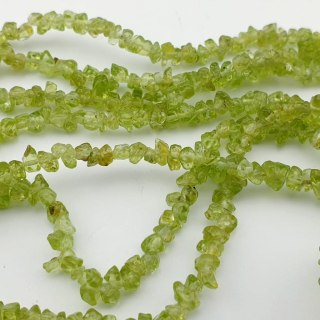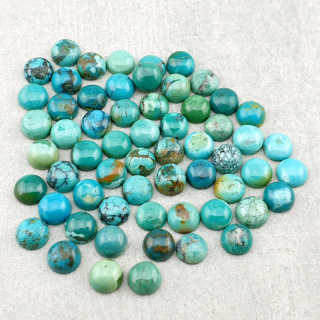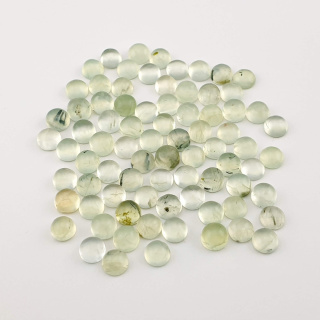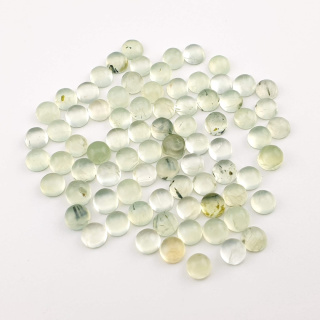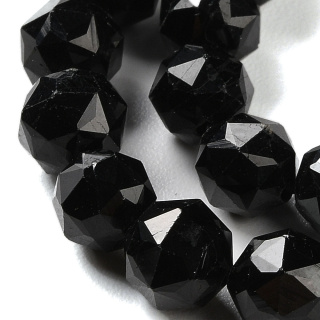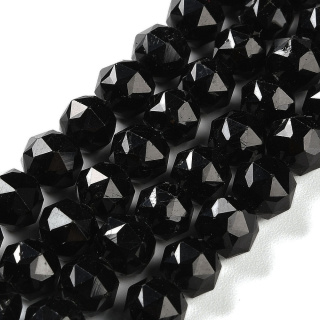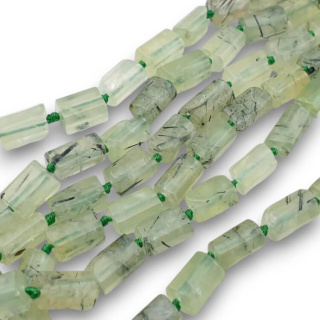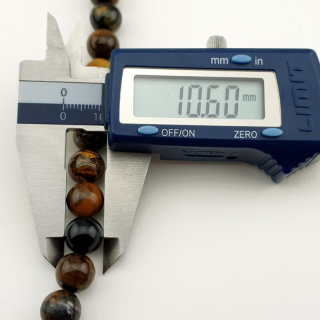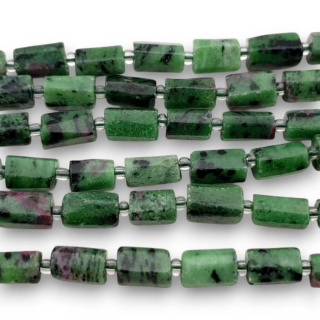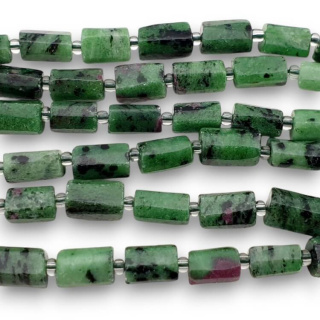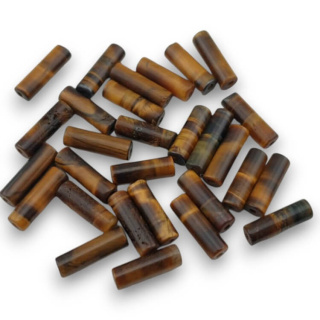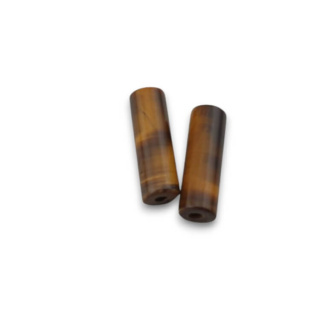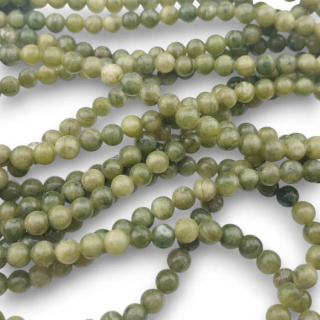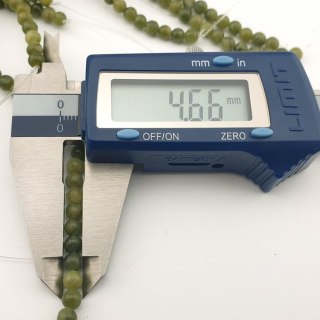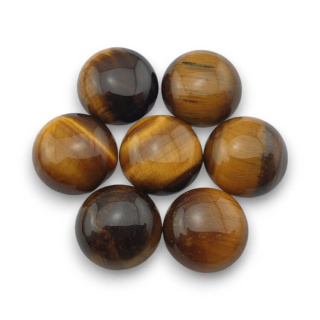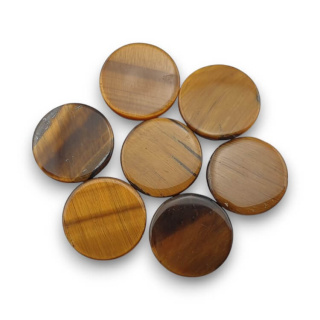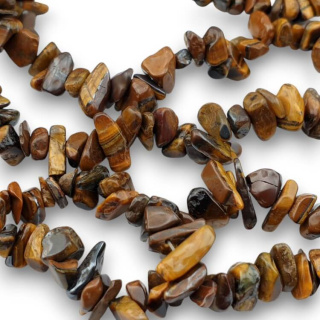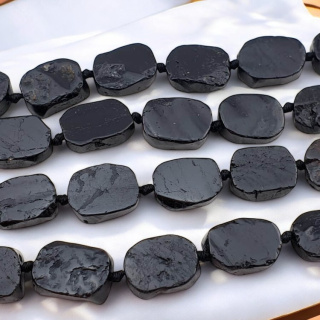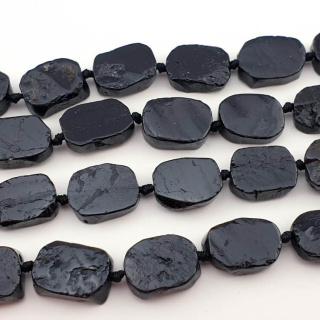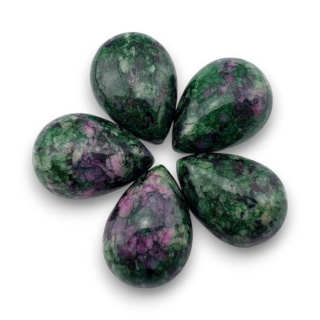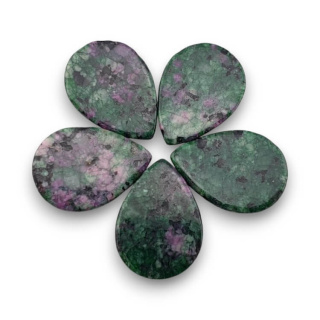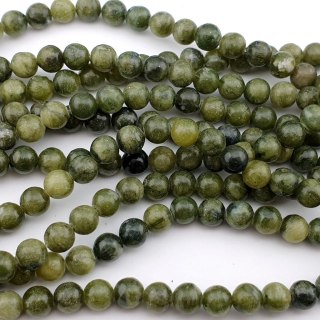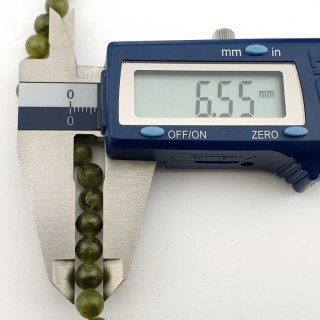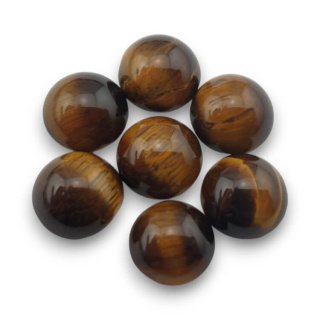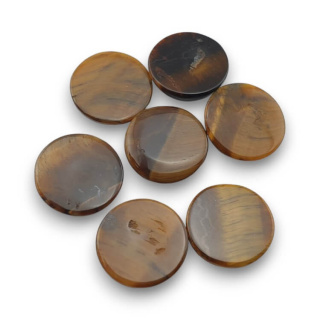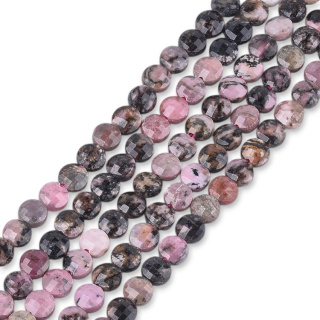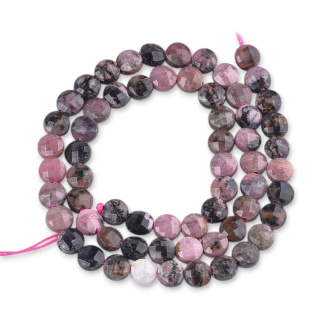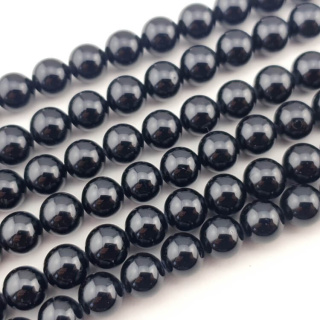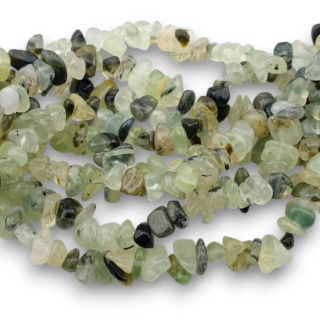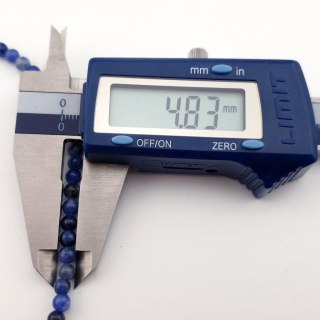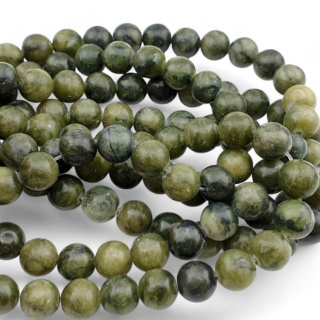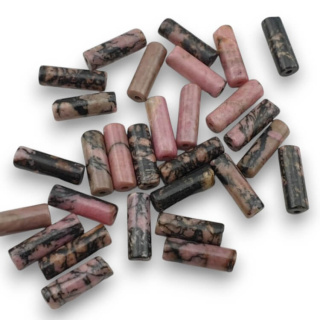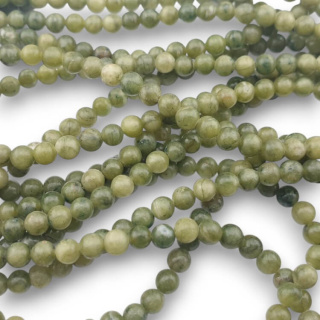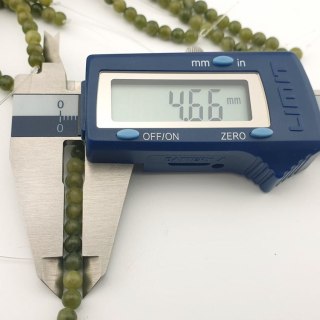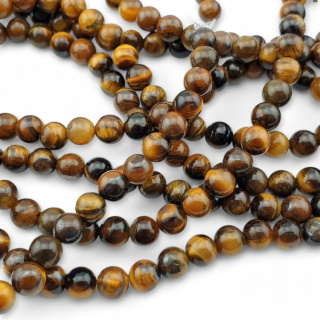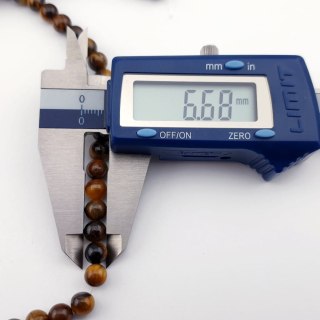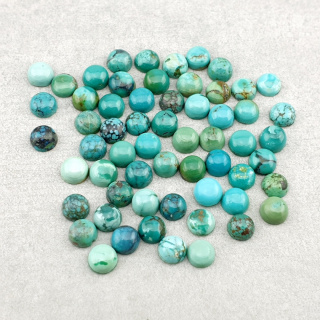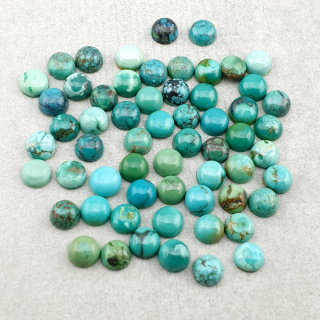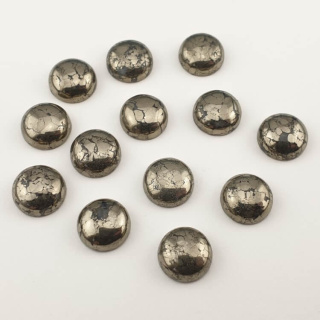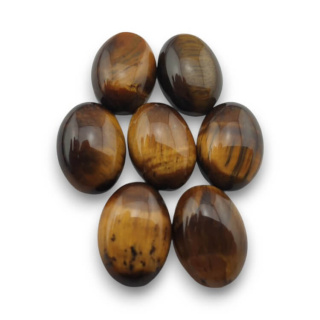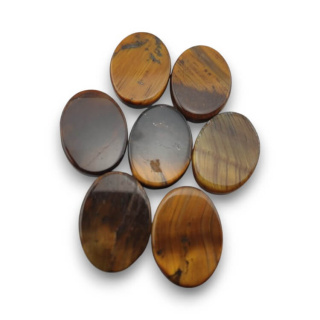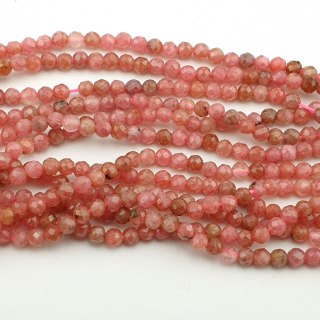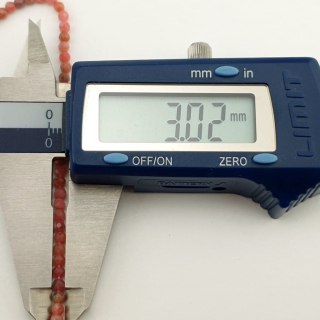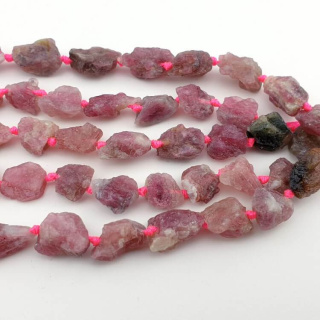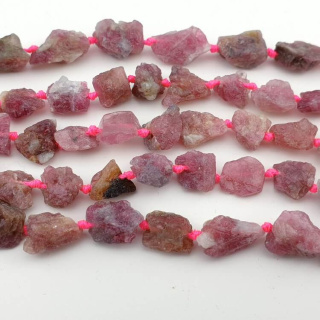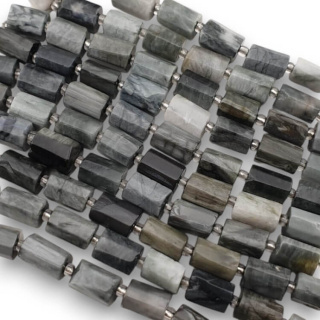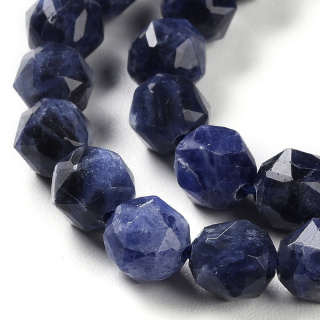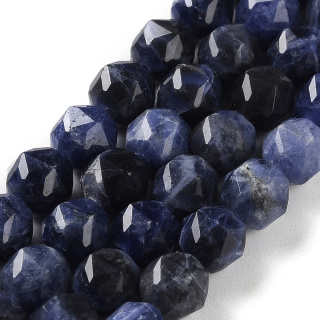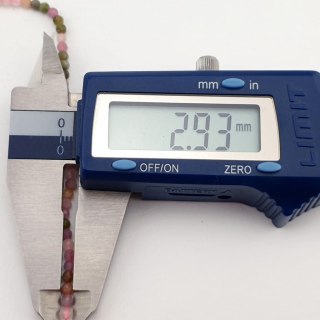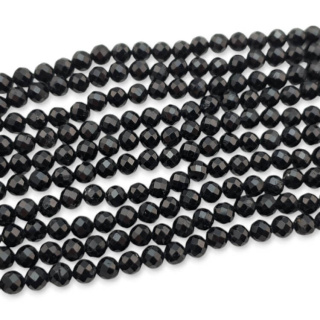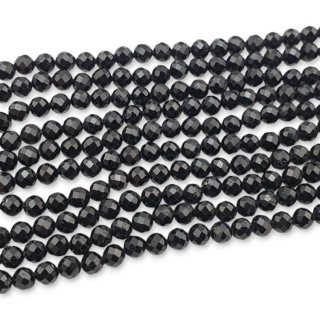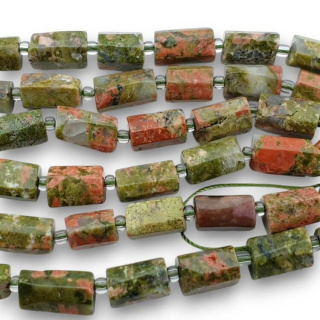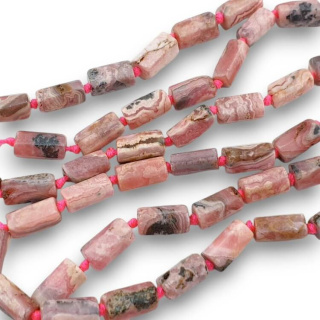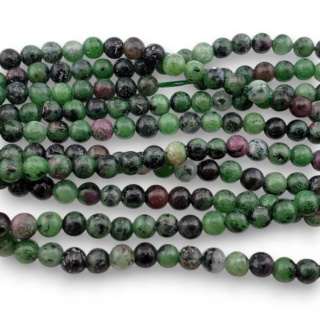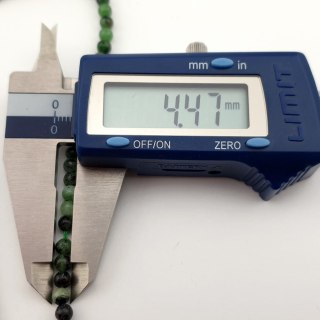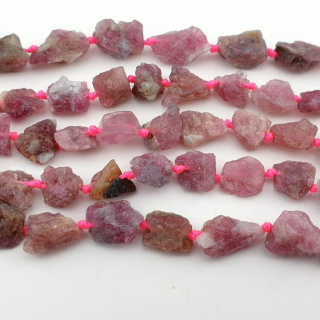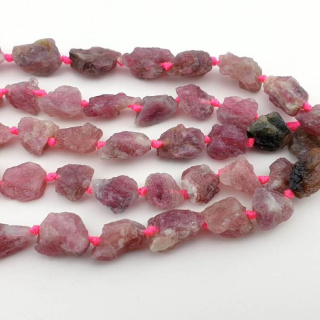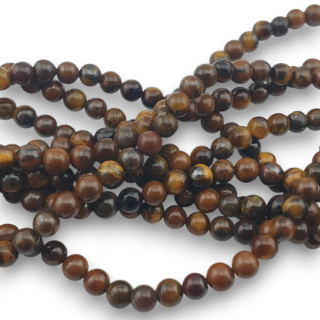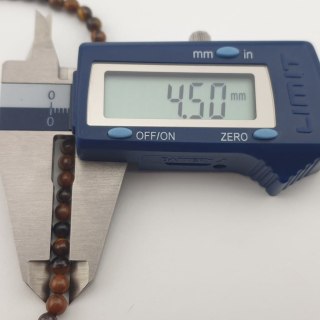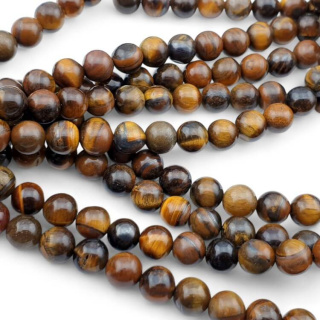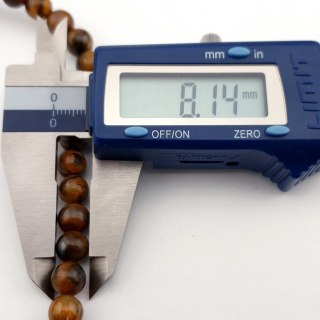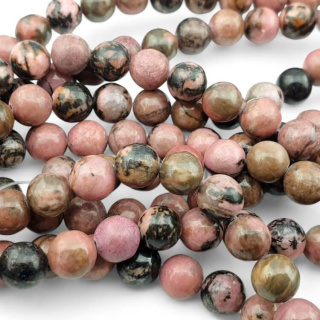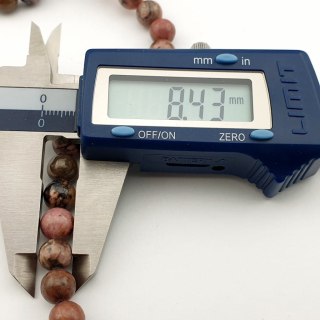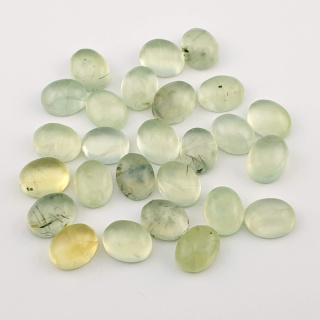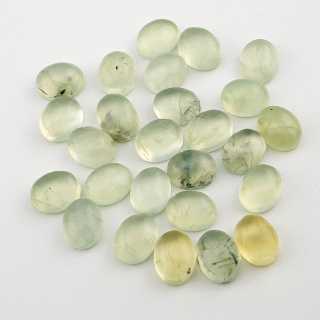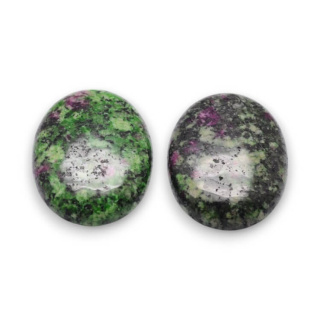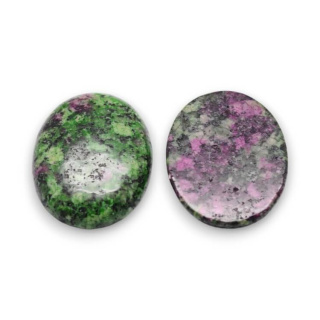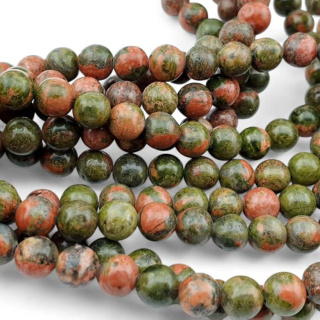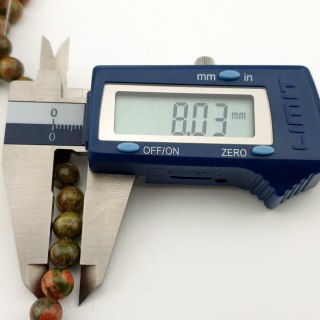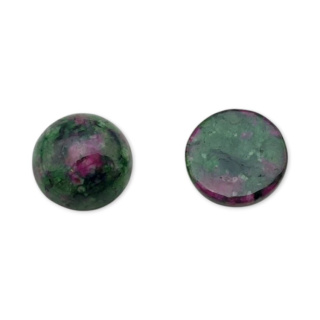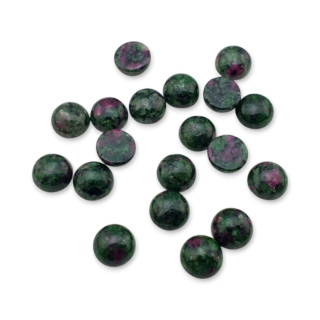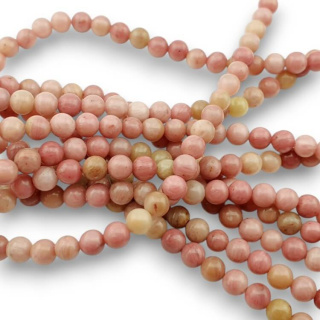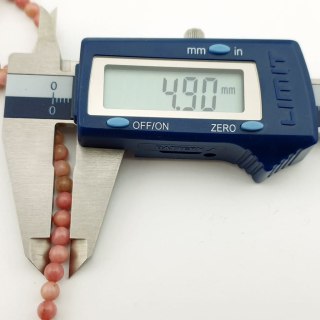Kamienie i minerały do biżuterii i ozdób (P-Z)
Liczba produktów: 2956Rodzaje szlifu: Od tradycji do innowacji
- Brylantowy szlif (Brilliant Cut): To jeden z najbardziej popularnych i klasycznych stylów szlifowania diamentów. Charakteryzuje się okrągłym kształtem, który maksymalizuje blask i odbicia światła. Ten elegancki szlif podkreśla lśnienie diamentów, sprawiając, że są one idealne do stosowania w biżuterii.
- Szmaragdowy szlif (Emerald Cut): Szlif szmaragdowy jest prostokątny z ściętymi narożnikami. Ten styl wydobywa intensywność koloru kamieni, zwłaszcza w przypadku szmaragdów, i jednocześnie eksponuje ich klarowność.
- Diamentowy szlif (Princess Cut): To kwadratowy lub prostokątny szlif z licznymi fasetami, który nadaje kamieniom geometryczny, nowoczesny wygląd. Popularny zwłaszcza w przypadku diamentów, ten styl zapewnia równomierne rozpraszanie światła.
- Kaboszon: W przypadku kamieni półszlachetnych, takich jak opale czy koraliki, często stosuje się szlif kaboszonowy. To okrągły, gładki kształt, który podkreśla unikalne właściwości optyczne kamienia, takie jak efekt opalizacji.
- Fasetowany szlif (Faceted Cut): Fasetowany szlif obejmuje różne style, w których kamień jest rzeźbiony w liczne fasetki. Ten rodzaj szlifu pozwala na eksperymentowanie z różnymi kształtami i stylami, dając kamieniom unikalny charakter.
Proces szlifowania: Od surowca do dzieła sztuki
- Rozpoznanie surowca: Pierwszym krokiem w procesie szlifowania jest dokładne zbadanie surowca. Kamienie szlachetne różnią się pod względem twardości, koloru, klarowności i struktury, co wpływa na wybór odpowiedniego stylu szlifu.
- Kształtowanie i podejmowanie decyzji o szlifie: Na tym etapie kamień jest kształtowany zgodnie z zamierzeniami artysty. Wybór odpowiedniego szlifu zależy od typu kamienia, jego koloru, klarowności i zamierzonego efektu końcowego.
- Wzory fasetek i techniki polerowania: Fasetki są starannie rzeźbione, aby optymalnie wydobyć blask kamienia. Różne wzory fasetek wpływają na to, jak światło jest odbijane i rozpraszane, co wpływa na efekt wizualny kamienia.
- Ostatnie szlify i polerowanie: Ostatni etap obejmuje dokładne szlifowanie, aby uzyskać pożądany kształt i wygładzenie powierzchni kamienia. Proces polerowania nadaje mu wysoki połysk, który podkreśla jego piękno i jakość.
Innowacje w sztuce szlifowania
Wraz z postępem technologii pojawiają się innowacyjne metody szlifowania kamieni. Zaawansowane techniki komputerowe pozwalają na precyzyjne modelowanie i symulację efektów świetlnych, co umożliwia projektantom kamieni szlachetnych eksperymentowanie z nowymi formami i wzorami fasetek.
Sztuka szlifowania kamieni szlachetnych i półszlachetnych to nie tylko rzemiosło, ale i połączenie nauki, pasji i wrażliwości artystycznej. Każdy szlif jest niepowtarzalnym dziełem sztuki, które ujawnia piękno ukryte w głębinach ziemi, a jednocześnie podkreśla indywidualność i wyjątkowość każdego kamienia.
Kamienie fasetowane i kaboszony
Jeśli chodzi o kamienie szlachetne i półszlachetne, istnieją dwa główne rodzaje "krojów". Kamienie fasetowane i kaboszony. Istnieją także inne rodzaje, takie jak np. koraliki, czy rzeźbione kamienie szlachetne ale kamienie fasetowane i kaboszony to dwa najczęściej używane rodzaje w biżuterii.
Generalnie kamień fasetowany ma wiele płaskich boków, a kaboszon jest gładki. Kamienie fasetowane są bardziej popularne w przypadku kamieni przezroczystych, a kaboszony są bardziej popularne w przypadku kamieni nieprzezroczystych lub półprzezroczystych. Z reguły kamienie fasetowane bardziej mienią się, a kaboszony mają ładny kolor.
Ponieważ kamień fasetowany ma wiele płaskich boków (faset), które muszą być starannie wyrównane i wypolerowane, ich cięcie zajmuje więcej czasu i jest generalnie droższe. Jeśli kamień ma wystarczająco dobry kolor i jest wolny od naturalnych wtrąceń, warto zainwestować czas i pieniądze w jego fasetowanie. Jeśli kolor jest dobry, ale kamień ma wiele pęknięć, rozszczepień lub pęcherzyków (wtrącenia), jest bardziej prawdopodobne, że zostanie pocięty na kaboszon, ponieważ te naturalne wtrącenia sprawią, że kamień nie będzie odbijał tak dużo światła. Oznacza to, że nie warto poświęcać czasu na fasetowanie kamienia, ale nadal można go używać w biżuterii, jeśli zostanie ukształtowany, a następnie wypolerowany na kaboszon. Jeśli kamień ma zarówno słaby kolor, jak i klarowność, można z niego zrobić koralik lub zastosować przemysłowo.
![[{[item.product.name]}]]([{[item.product.photo.url]}] 75w)






























